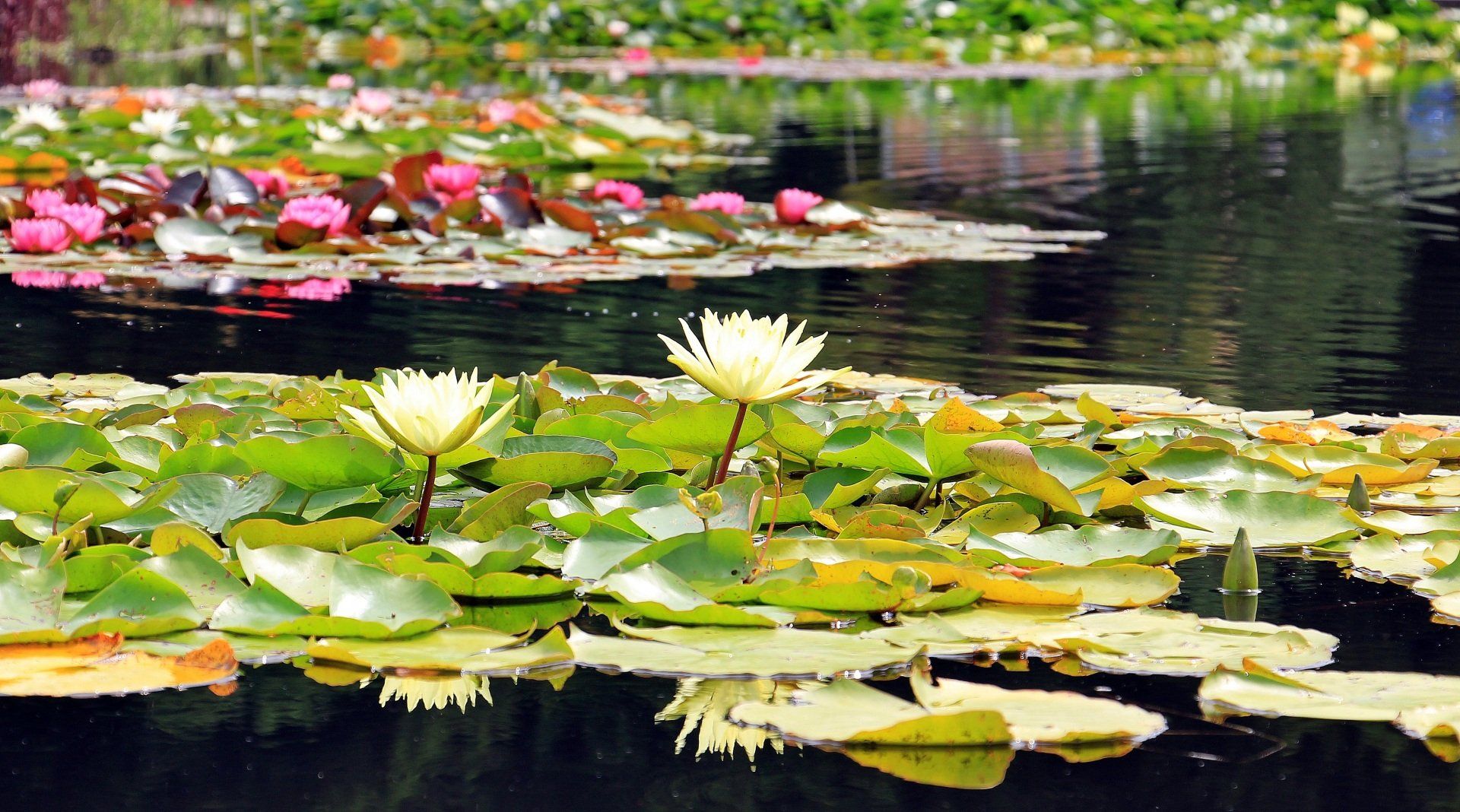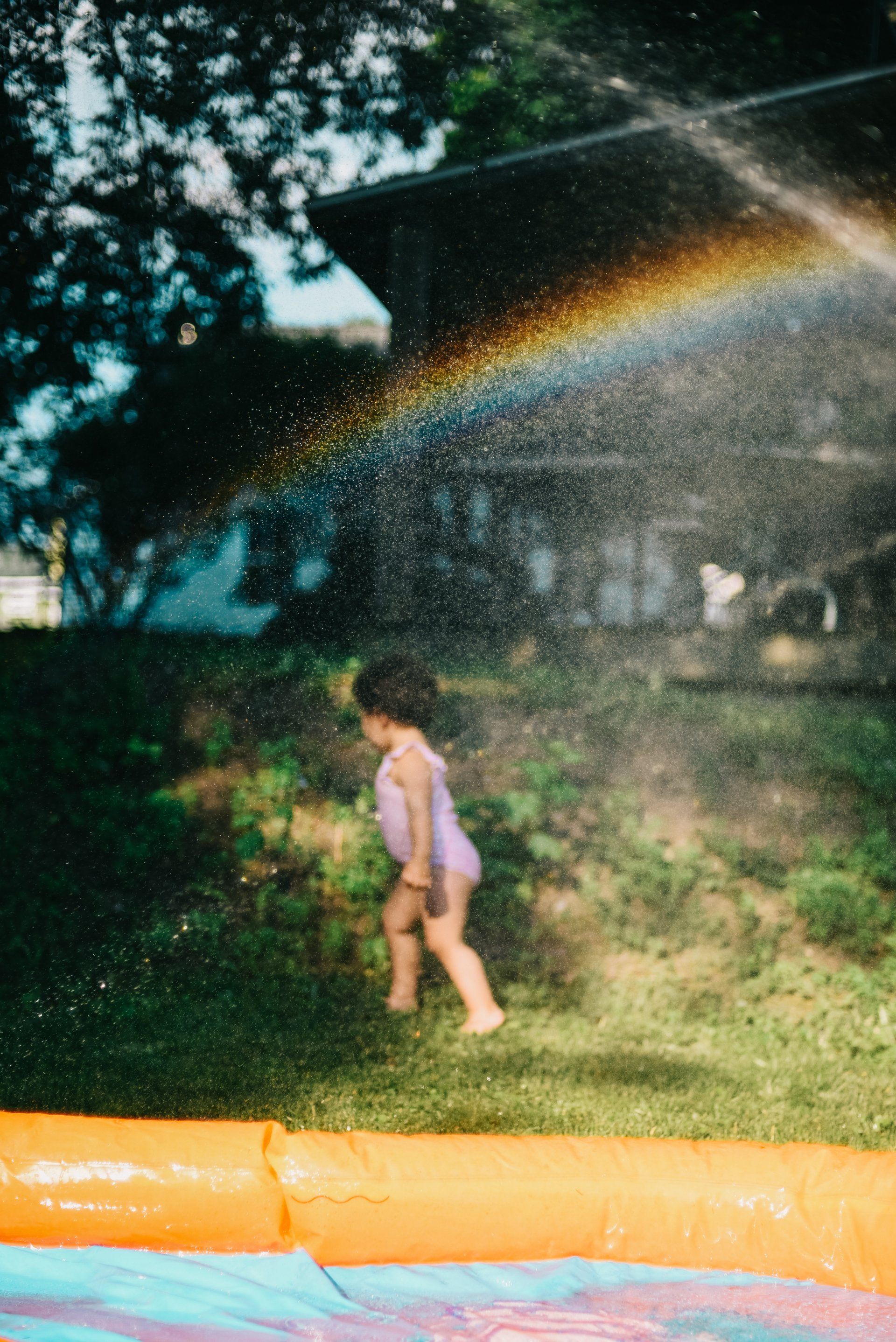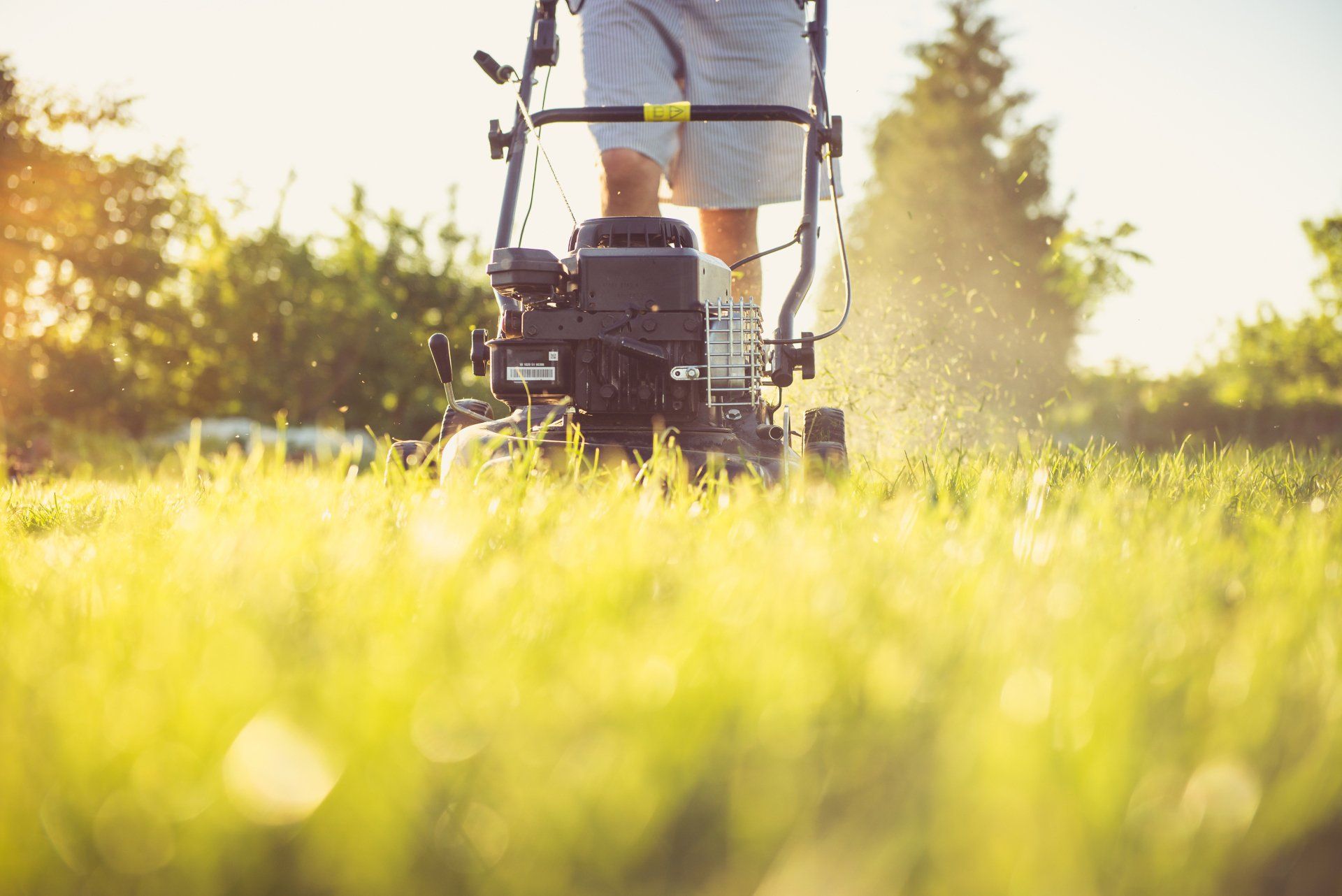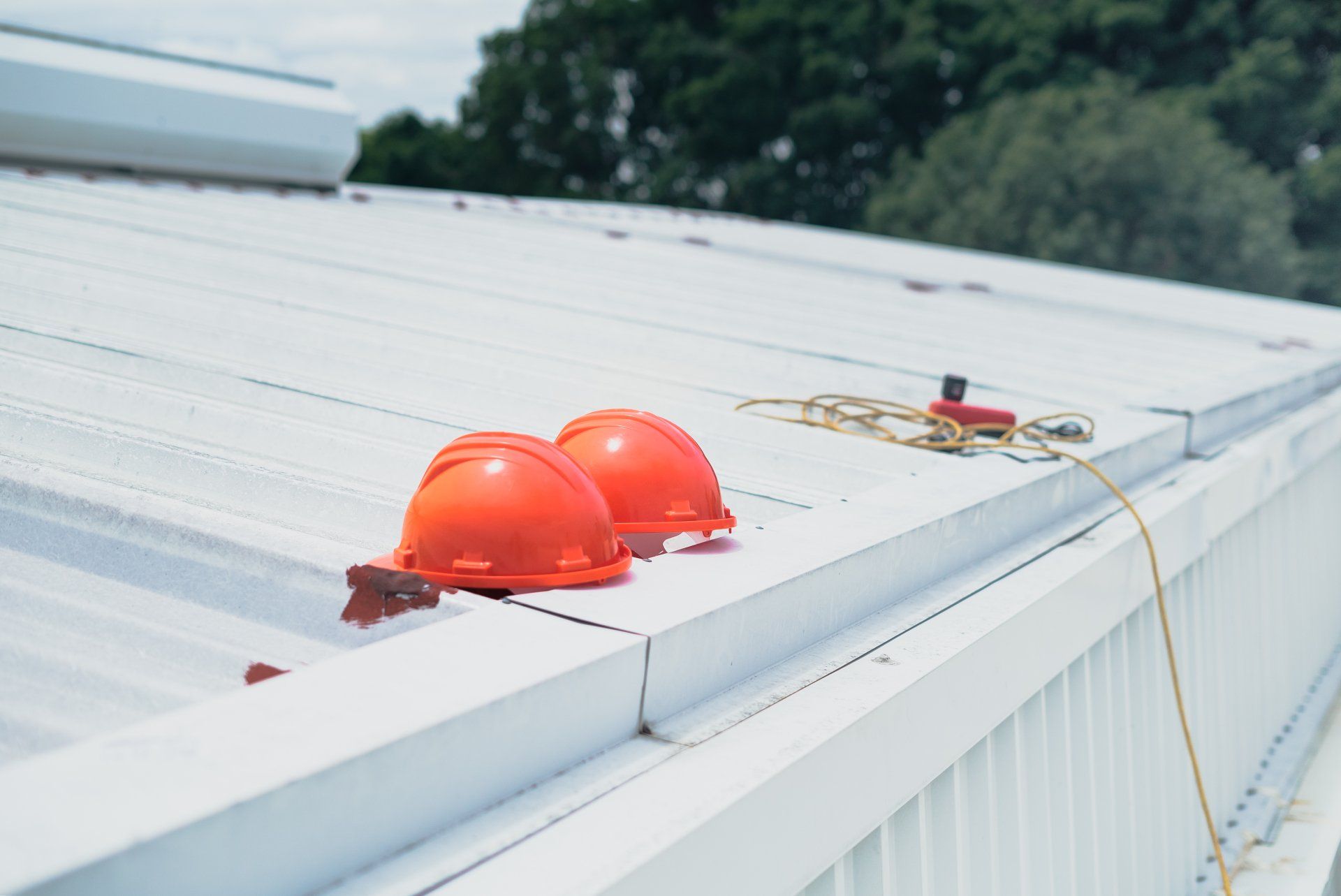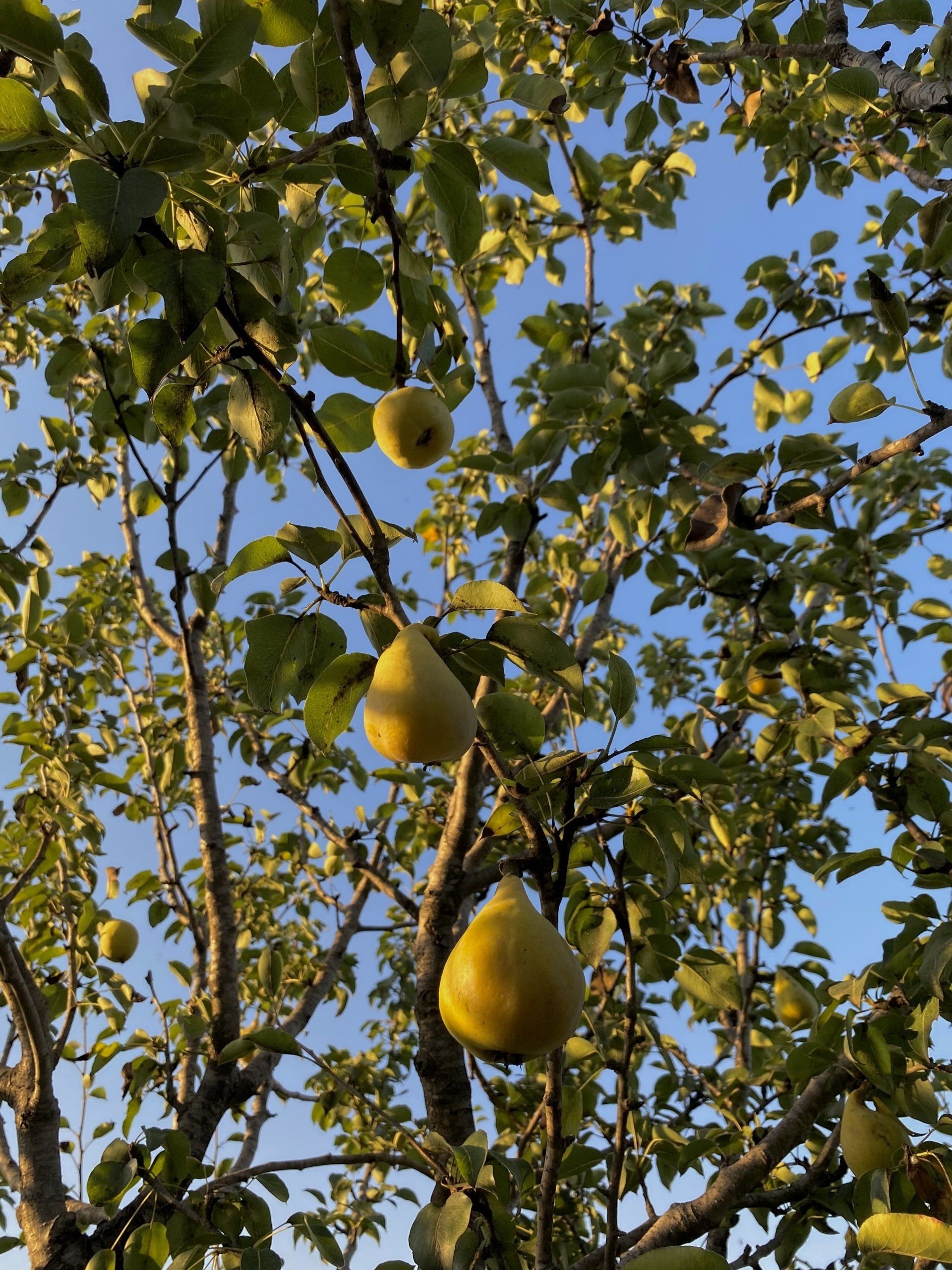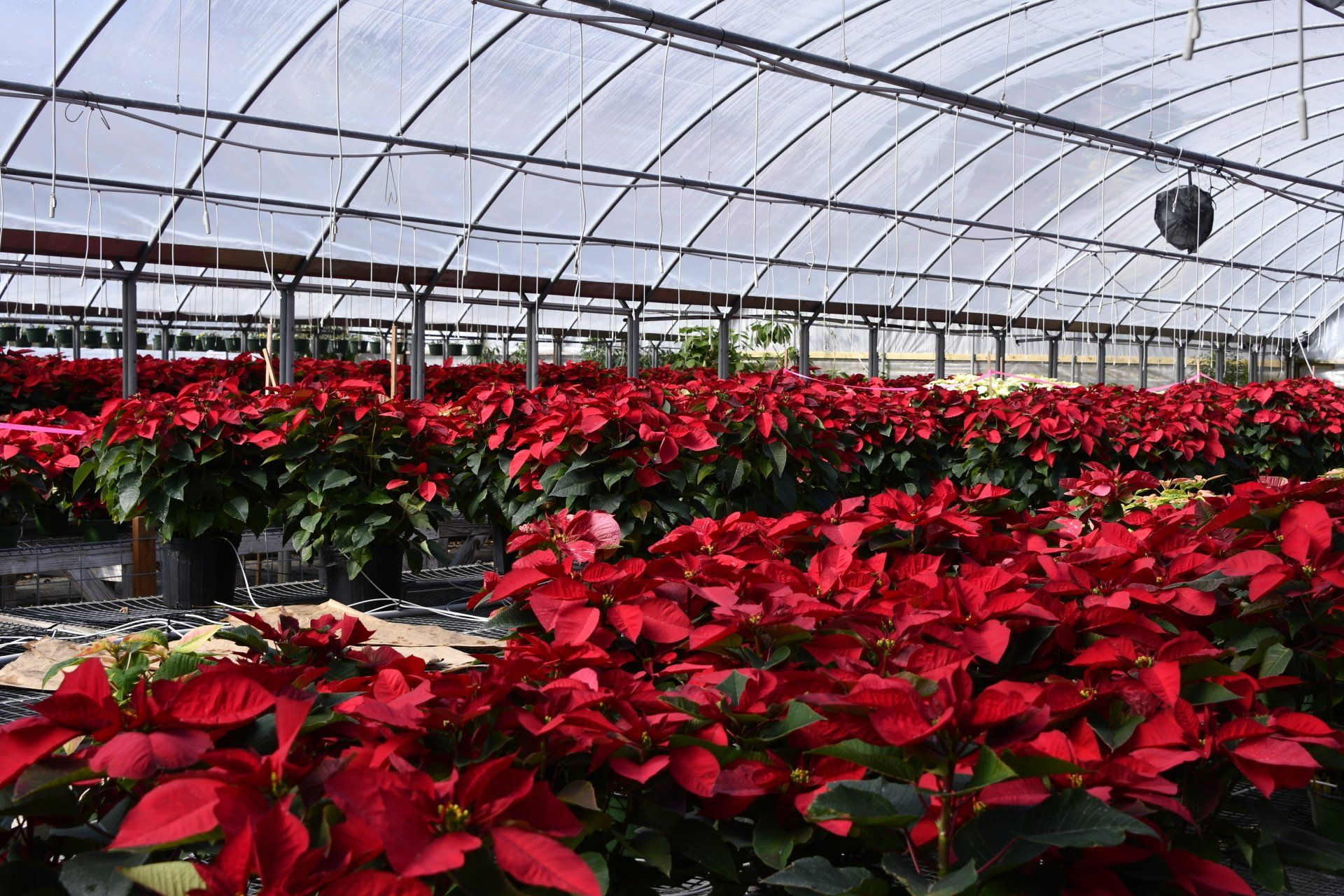What Happens to Your Lawn during Cold Weather?
What Happens to Your Lawn during Cold Weather?
It is possible to experience freezing or cold temperatures if one lives in the northern United States or Canada. In these regions, winter weather can cause the ground to freeze. The winter weather conditions of cold temperatures and snow can be very bad for lawns, especially if they stay for several months. How cold weather impacts lawns can help you understand how to protect them. This article will provide you with information to help you prepare for these changes in weather and temperature, and what you can do about it.
Fall
As preparation for winter, think of fall. This is the time to do some yard work and ensure that your soil is well-fertilized for winter. Aerating your lawn in the fall is an excellent time of the year. Because the weather is changing, it's a good time to get started. You may see freezing temperatures as far as October or November, depending on where and when you live.
Fall maintenance plays a crucial role in ensuring your grass is healthy through winter and next spring. If you neglect to water your lawn, fertilize, remove leaves, and water it in the autumn, it can spell disaster. Healthy, established grass will survive the winter, but it can be cared for with some love and care.
Winter
Winter lawn maintenance can be hard, especially when there is prolonged snow and ice. Freezing temperatures can damage the grass. If fall preparation wasn't done, your lawn is more vulnerable to injury during the cold winter months. Winter is the most harmful time to maintain a lawn. These are the possible effects of cold weather on your lawn.
- Winter is when the grass turns brown and dies. Your grass will look dead or brown when snow and frost cover it. It is actually dormant. This is because it has lost nutrients and water. If your grass is properly prepared for winter and covered with snow, it will remain green.
- Some grass dying and desiccation. No matter how prepared you may be for winter, there will still be some casualties. Extreme cold may cause grass to lose enough moisture even though it is covered in snow, frost, and/or snow. The "desiccation” of grass can lead to some death, but it's usually not enough for a serious problem.
- The continued growth of resilient grass. Some "winter grasses", such as ryegrass or Fescue, will continue their growth even in the harshest winter conditions. Even winter grass seed can also be purchased.
- Mold damage could be an issue. Snow mold is a frequent grass disease that can develop during winter months. Although you can take preventative actions to reduce the chance of it happening, there's always a risk that it may still occur on your lawn. The risk of mold shouldn't stop you fertilizing your lawn in the winter. Apply winter fertilizer when the grass is no longer growing in the fall. However, it should still be green on top and have an active root structure. This means that the fertilizer should be applied sometime between mid-late and early December in many parts of the Northern U.S.
Spring
The spring is when you will finally see. This is if your fall efforts paid off and your grass survived the winter. Even if the winter is particularly harsh, patience can be a virtue. Don't get too excited and do not try to do everything at once. You can gradually increase your efforts as your grass grows back.
- Remove large branches and twigs from your lawn.
- Your lawn should be fertilized and maintained.
- Any large, bare patches should be repaired.
- Stay ahead of the weeds.





